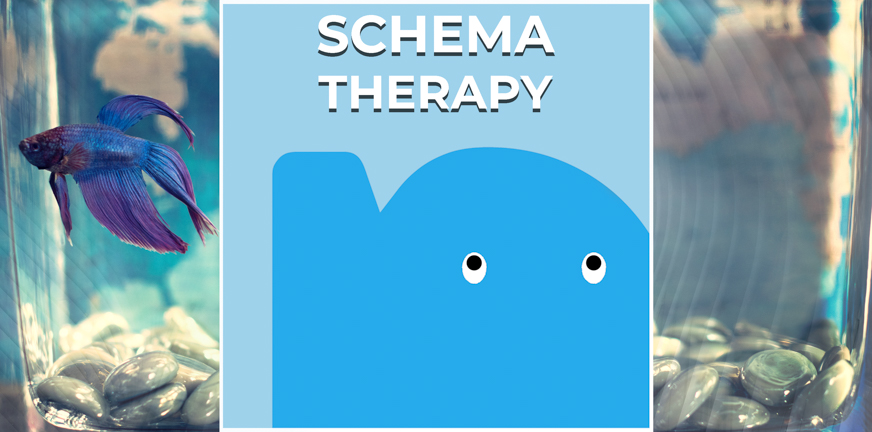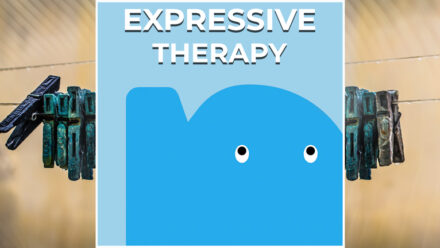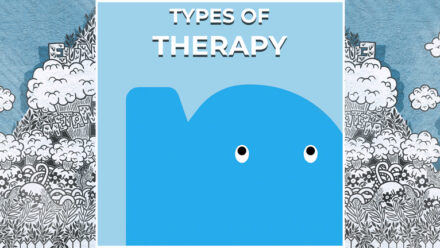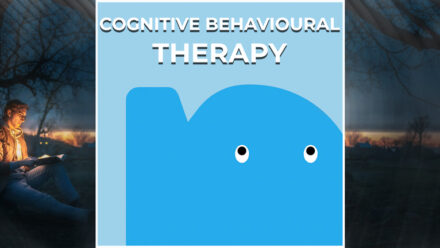
When you grow up as a child under normal conditions, you develop constructive thought patterns that match your feelings and behaviour. But when you face complicated situations at a young age, you can develop thought patterns that have undesirable consequences as an adult.
Schema therapy helps you change your behaviour
Schema therapy enables you to slowly change your old and complex behavioural patterns into more desirable behaviour. This type of therapy works well for people who have trouble with the emotional processing of information. They often struggle with the behaviour that results from their thoughts, and the interaction between their behaviour, and the reaction to it from people around them. Schema therapy teaches you to recognise and break free from these old behavioural patterns. A lot of focus goes to recognising your old behaviour and responses, and to adopting new ways of thinking. By comparing the new behaviour with the old, a process of awareness begins and new schemas of more desirable behaviour emerge.What is a schema?
The way you process information can be explained schematically. When you register information, you automatically interpret it; give meaning to it. This triggers certain thoughts and feelings, based on your former experiences and associations. If something goes wrong during this process, events might get a negative interpretation. This affects the judgement of your own or other people’s behaviour, making your reaction unnecessarily negative. This again leads to more negatively charged new information. From this interaction of cause and effect a negative pattern soon emerges. If this has been going on for years on end, these schemas may have become locked deep inside your character and identity. Through schema therapy, you can learn how to separate yourself from these negative schemas. This may sound a bit abstract and difficult to understand, so let’s give an example.Example of a schema
Jack was raised very strictly as a child. He was never allowed to make any mistake. As a result, he adopted a schema that helped him understand why he always received negative reactions. He started to believe that “nothing I do is ever good enough and this is why mummy is always angry with me. I am worthless…” As he grew up, he took this schema of “I’m never doing anything right” and “I am worthless” into adulthood. One day, while having dinner with his girlfriend, he accidentally knocks over a bottle of wine. She responds: “Why can’t you be more careful?!” The old schema is activated, making him (again) feel worthless. He has just affirmed the idea that he never does anything right. As a result, he is feeling extremely guilty and angry with himself. This emotion is then difficult to place for him. And thus he reacts very strongly to his girlfriend, storming from the table, slamming the door and locking himself in the bedroom.Schemas and roles
There are many kinds of such schemas and unhelpful thought patterns. They can be related to: emotional neglect, overdependence, inferiority, shame, self-sacrifice, loyalty, heightened sense of responsibility, or adapting to others too much. Examples of related roles are:- the abandoned child
- the furious child
- punishing parent
- judgemental parent




